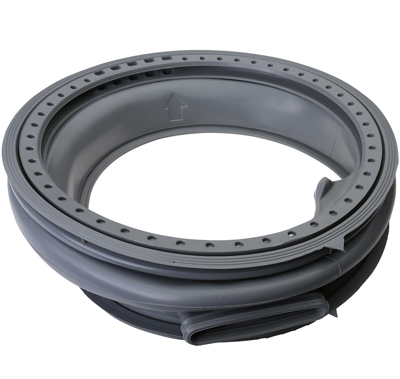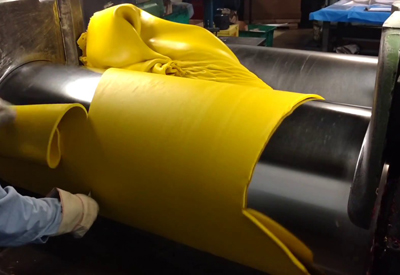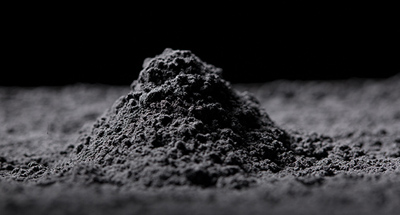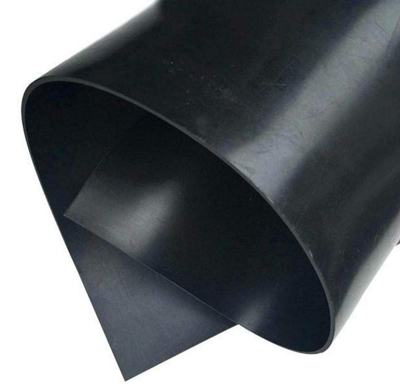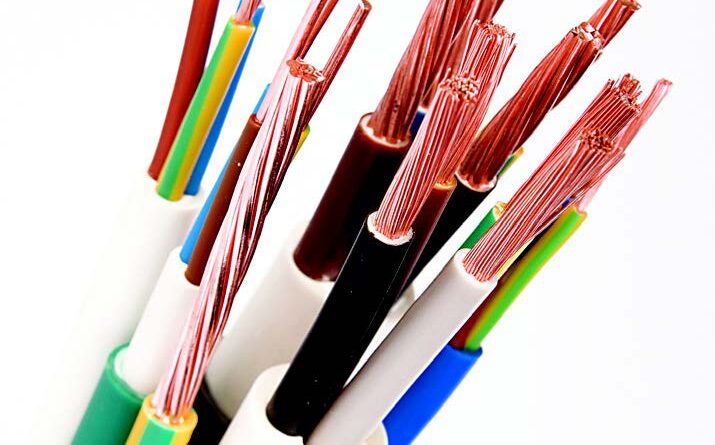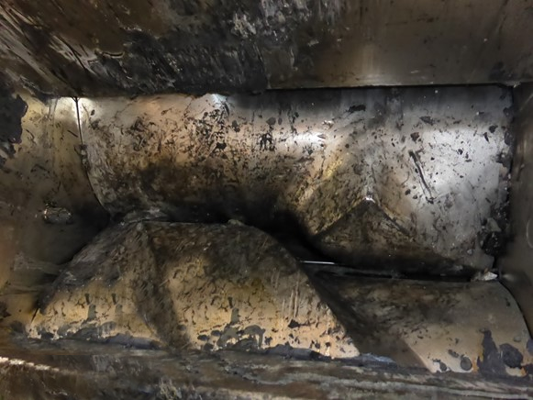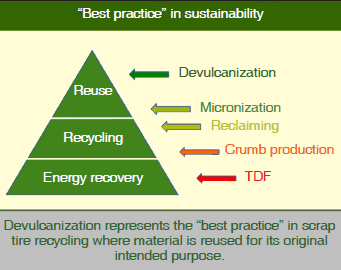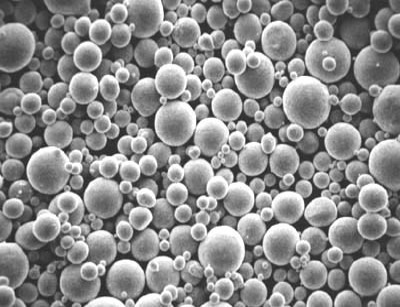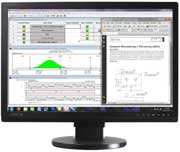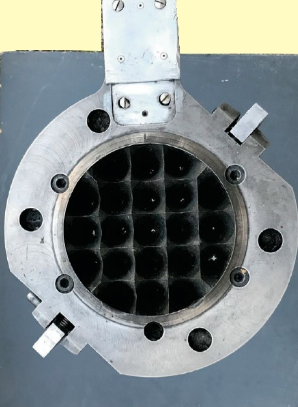Austin Black 325 is a finely divided (below 325 mesh) powder produced from high carbon content, low volatility, sustainable bituminous coal. It has different properties compared to carbon black, including a lower specific gravity of 1.30 versus 1.80, a platy ground structure versus the reinforcing morphology of carbon black (figures 1 and 2), and a lower surface area in comparison to carbon black. Beyond its carbon composition, it is more similar in structure to platy fillers like clay and talc. The specific gravity comparison to other platy minerals (1.30 versus 2.50) provides economical and efficiency gains.
Read More

